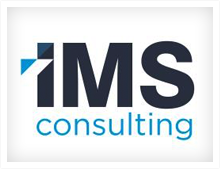
by CJ | May 19, 2025 | ESRI
Benefits of Implementing ArcGIS Indoors in Facility Management Today’s facility managers face increasing demands for efficiency, safety, and adaptability in dynamic work environments. ArcGIS Indoors, an indoor mapping solution from Esri, is transforming how...

by CJ | Apr 21, 2025 | IWMS
The Role of IWMS in the Hybrid Work Era: How Archibus Supports Flexible Workspaces, Hoteling, and Real Estate Strategy The way we work—and the spaces we work in—have transformed. With hybrid work now the norm for many organizations, optimizing workplace resources is...

by CJ | Feb 10, 2025 | Archibus
Why Archibus is Essential for Higher Education Facility Management Managing facilities in higher education is a complex task, requiring seamless coordination of space allocation, maintenance, compliance, and sustainability efforts. Universities and colleges must...

by CJ | Jan 27, 2025 | ServiceNow
Integrating IoT with ServiceNow Workplace Service Delivery In today’s fast-paced business environment, maximizing workplace efficiency is essential. With the rise of hybrid and flexible workspaces, companies need smarter solutions that improve productivity and...

by CJ | Jan 14, 2025 | ESRI
Leveraging ArcGIS for Enhanced Space Planning In today’s dynamic business landscape, effectively managing and utilizing physical spaces is crucial for minimizing costs and maximizing productivity. Esri’s ArcGIS suite of Geographic Information System (GIS) software...








